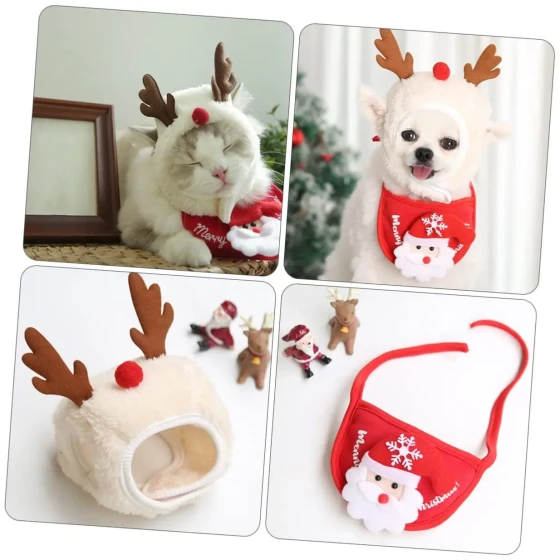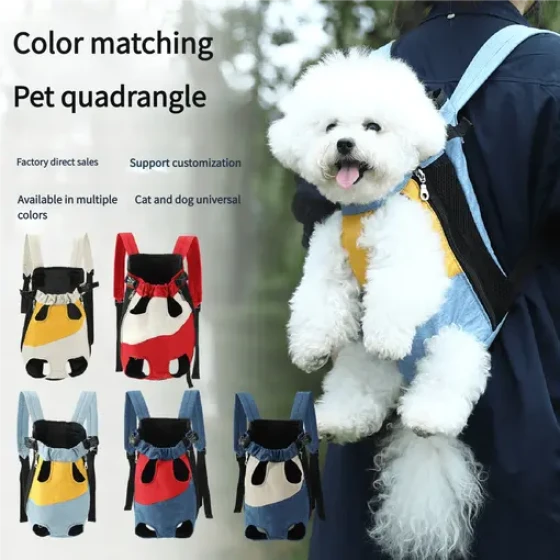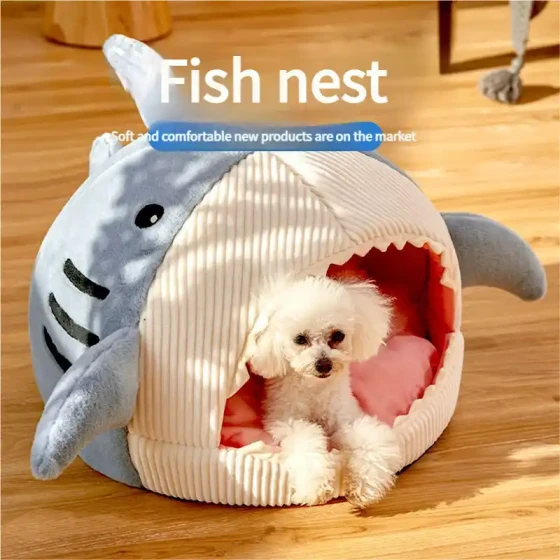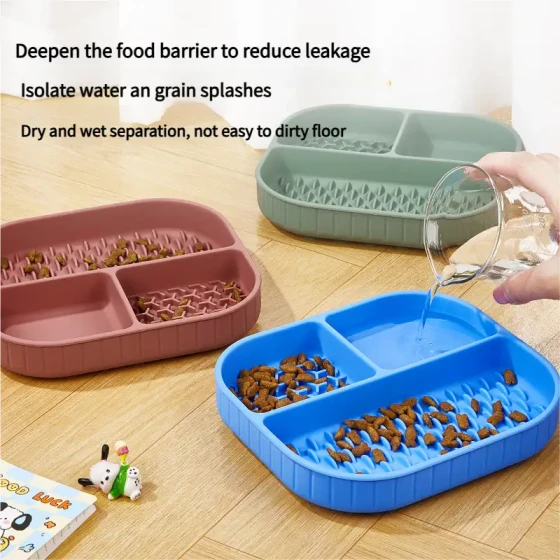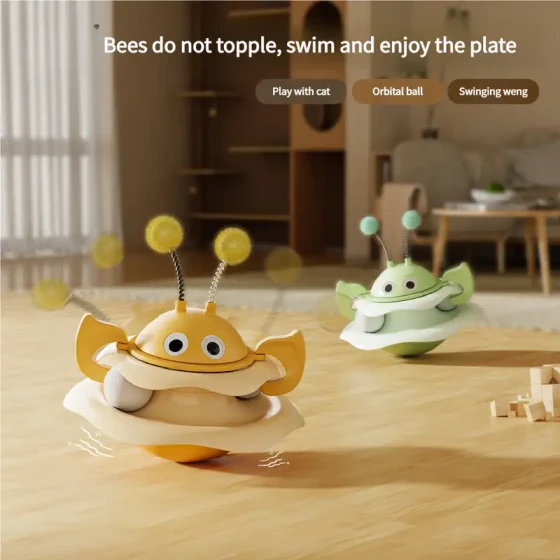How to Choose Dog Food for Neapolitan Mastiffs

During the early stage of a Neapolitan Mastiff’s life, attention should be paid to dietary issues. A balanced diet is very important for the healthy growth of the Neapolitan Mastiff. What you feed your Neapolitan Mastiff affects its coat, color, weight, and health condition.
For family-raised Neapolitan Mastiffs, dry dog food is generally preferred. Typically, dry dog food contains necessary nutrients for dogs, including protein, carbohydrates, fat, vitamins, and minerals. Improper food can affect the development and growth of the Neapolitan Mastiff and is often irreversible later. Neapolitan Mastiffs require a variety of nutrients, so buying ready-made dog food might be the most convenient option. But how to choose the highest cost-effective and nutritious dog food? You can refer to these tips.
1. Price
In general, dog food reflects the principle of "you get what you pay for" because the price directly determines the quality of raw materials used in production. Also, factors affecting dog food price include manufacturer advertising costs, transportation, import tariffs, VAT, and sales expenses, all of which are passed on to the buyer. Thus, we can preliminarily judge the cost-effectiveness of dog food and buy relatively better dog food according to our economic situation.
2. Raw Materials
Dog Food Beef Patties
We can learn about the raw materials from the dog food package, but due to different legal requirements in each country, this does not always apply to domestic dog food. For example, pet food marketed in the United States is strictly regulated by the federal and state governments to better reflect the actual contents.
1. The order of materials listed on the packaging represents the quantity used. Note that some manufacturers separate a type of material, such as cracked corn, corn gluten meal, and corn bran, though named differently, they come from the same source and have the same composition. This can give the impression that corn content is less than chicken, but corn may actually be higher.
2. The first two items of ingredients should contain at least one fresh meat, preferably human-grade. When reviewing this, pay attention to terms like chicken and chicken meal. Some manufacturers translate meat meal as meat, but meat meal is dried animal tissue after oil extraction, fundamentally different from fresh meat. This can be checked carefully by comparing the Chinese and English ingredient lists.
3. Avoid ambiguous ingredient descriptions in dog food, such as Meat Meal, Poultry Meal, Meat By-products, Poultry By-products, as they imply unstable material types and unknown sources.
4. Do not select dog food containing synthetic preservatives like BHA, BHT, ETHOXYQUIN to prevent fat oxidation, emulsifiers to prevent oil-water separation, artificial colors, and flavorings as these can seriously harm dogs.
5. Avoid dog food containing soy, wheat, grains, eggs, and dairy products that may cause allergic reactions in dogs.
6. Choose dog food with relatively high nutritional raw materials, such as fresh meats (duck, chicken, lamb), unprocessed whole grains (brown rice, oats), vegetables (potatoes, tomatoes), and other food ingredients.
3. Composition
1. Currently, some manufacturers mislead consumers by promoting higher protein and fat content as better. This is not true. Normal dogs need a certain amount of protein to maintain and sustain body functions. A normal dog’s diet must contain 16% protein, adequate amino acids, 8% fat, and 60% carbohydrates to meet maintenance needs. These amounts are insufficient for growth or lactation; when protein content reaches 21–23%, it not only slightly exceeds the normal protein requirement (for lactation) but also adds a safety margin. A small amount of extra protein can increase disease resistance antibodies. For some young healthy dogs, excess protein may not be harmful, but it can harm sick dogs by increasing the liver burden. For old dogs, it damages the circulatory system. For dogs with liver and kidney damage, feeding high protein causes excess nitrogen to deposit in body fluids and tissues. Feeding elderly or ill dogs dry dog food with 16% protein can reduce their protein breakdown burden. Excess fat, once digested and absorbed by dogs, causes obesity, with serious consequences.
2. High-quality dog food generally contains 21–24% protein, 8%–16% fat, 10% moisture, 3%–4% fiber, 0.5% Omega-3, 3% Omega-6, 1.5% calcium, and 1% phosphorus.
4. Packaging and Appearance
1. Premium dog food has exquisite packaging, often specially designed moisture-proof bags. Low-grade dog food generally uses plastic or kraft paper packaging to save costs, which easily causes deterioration.
2. Premium dog food smells natural when opened, inviting appetite in the person smelling it. Low-grade dog food often uses chemical additives, so the opening scent is pungent, like strong flavoring.
3. High-end dog food granules are plump, dark-colored, even, with an oily luster from within. Most low-grade foods have uneven granules, paler and uneven colors, appearing dry. Some manufacturers coat the surface with oil and colorants to make dog food look more appealing.
5. Trial Use
1. Premium dog food has higher nutritional content and is easy for dogs to absorb, so feeding amounts per meal are less. This can be seen and compared on each dog food’s package feeding table.
2. Good palatability means dogs like to eat it.
3. Dog feces have appropriate hardness, moderate volume, and minimal odor.
4. Dogs do not show signs of gaining excessive weight or losing weight.
5. Dogs do not develop itchy, dry skin or dandruff.
6. Dogs’ hair should be shiny and smooth, without pathological hair loss or breakage.
7. Dogs do not show growth stagnation.
8. Dogs do not develop diseases caused by lack of vitamins and trace elements, an often overlooked point by many owners.
-560x560.webp)
